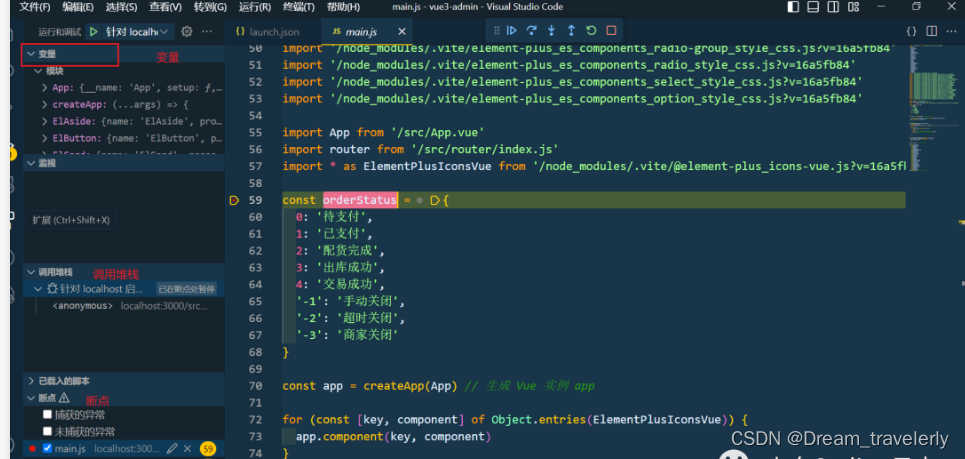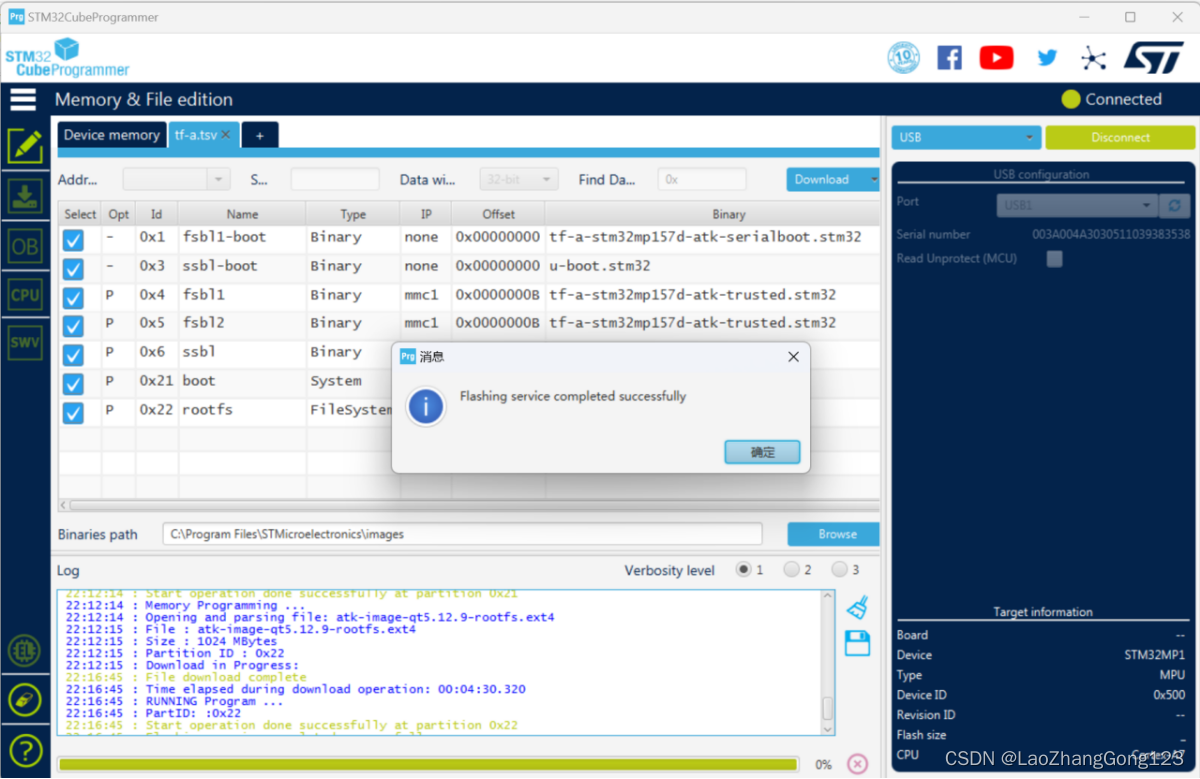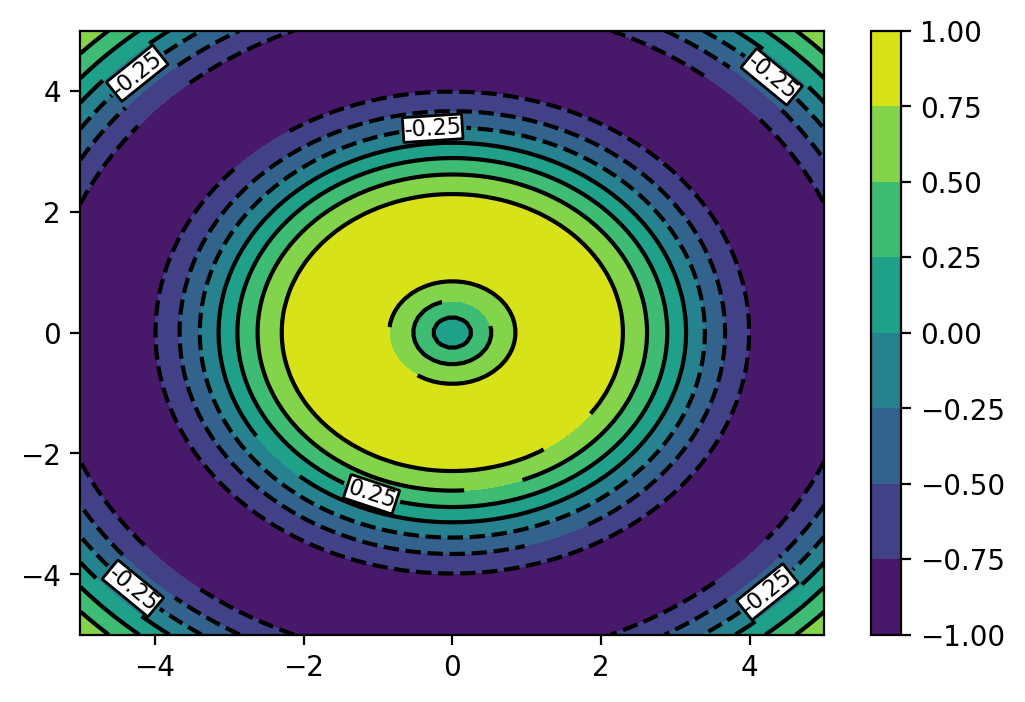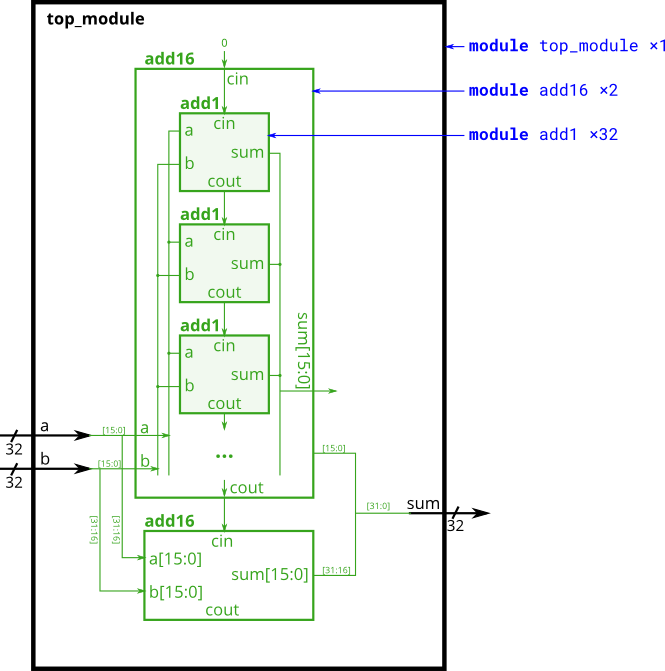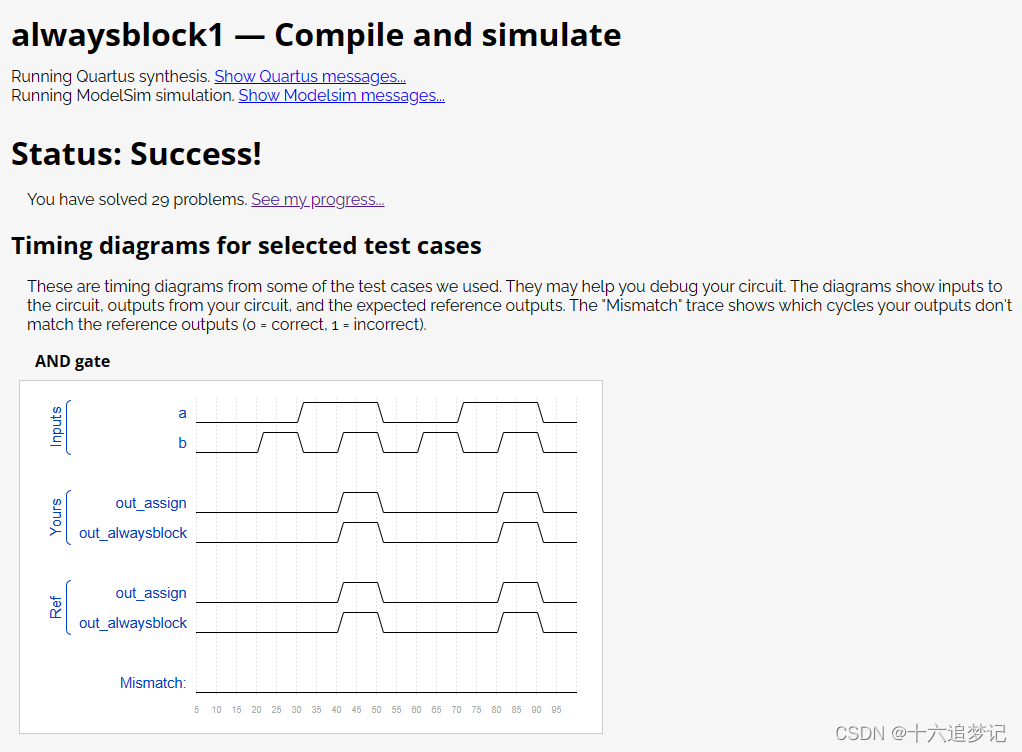上篇文章中介绍了中部分函数的用法,本篇文章将继续对其他的函数进行介绍:
1. substr:
string substr (size_t pos = 0, size_t len = npos) const;函数的两个参数如上述代码所示,此函数的主要作用是根据一个已有的
的对象的起始坐标
开始,以长度
为范围内的内容生成一个新的
类型的对象。主要用于对一个已有的
类型的对象进行分隔。例如:
string s1("hello world hello everyone");
string s2 = s1.substr(0,5);
string s3 = s1.substr(6, 5);
string s4 = s1.substr(12, 5);
string s5 = s1.substr(18, 8);
cout << s2 << endl;
cout << s3 << endl;
cout << s4 << endl;
cout << s5 << endl;运行结果如下:
上面说到,常用于做一个已有
类型的对象的内容分离,在进行分离时,常常会和
一起进行使用。例如对于
官网中对于
函数的说明的网站链接如下:
string s1("https://legacy.cplusplus.com/reference/string/string/substr/");
size_t pos = s1.find(':');
string s2, s3, s4, s5, s6;
s2 = s1.substr(0, pos);
cout << s2 << ' ' << endl;
size_t pos1 = s1.find('/',pos+3);
s3 = s1.substr(pos + 3, pos1 - pos - 3);
cout << s3 << ' ' << endl;
size_t pos2 = s1.find('/', pos1 + 1);
s4 = s1.substr(pos1 + 1, pos2 - pos1 - 1);
cout << s4 << ' ' << endl;
s5 = s1.substr(pos2 + 1);
cout << s5 << endl;运行结果如下:
2. find_first_of:
size_t find_first_of (const string& str, size_t pos = 0) const;
size_t find_first_of (const char* s, size_t pos = 0) const;
size_t find_first_of (const char* s, size_t pos, size_t n) const;
对于find_first_of函数,其大体意义如下:给定一个类型的对象或者字符串或者字符,在不给定参数的情况下,在给定的上述三个类型中,从另一个
类型的对象中寻找上述三个类型的内容,并且返回他们的坐标,下面将给出其中几个函数的使用方法:
2.1 size_t find_first_of (const string& str, size_t pos = 0) const:
例如:给定一个字符串,同时存在一个
类型的对象,其内容为:
如果需要将上述对象中所有在字符串中出现的字母,即替换为
:
string str("Please, replace the vowels in this sentence by asterisks.");
size_t pos = str.find_first_of("aeiou");
while (pos != str.npos)
{
str[pos] = '*';
pos = str.find_first_of("aeiou");
}
cout << str << '\n';对于上述代码,起运行结果为:
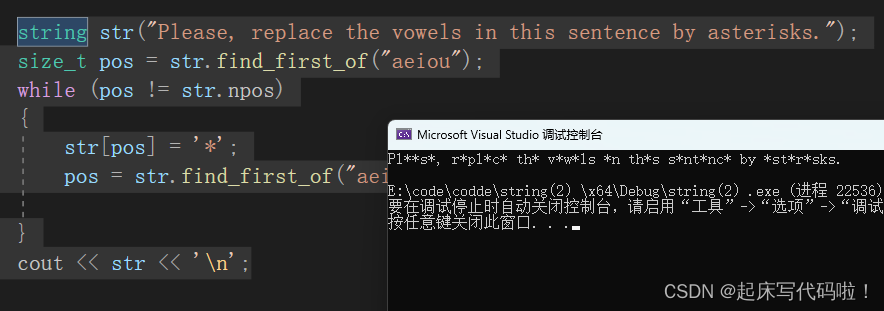
2.2 size_t find_first_of (const char* s, size_t pos = 0) const:
此函数的使用方法与上一小节中的方法相同,只是参数的类型发生了改变,故不再赘述。
2.3 size_t find_first_of (const char* s, size_t pos, size_t n) const:
依旧是使用小节中的例子:
假如只需要将给定字符串的前两个字母在
类型的对象出现时替换为
:
string str("Please, replace the vowels in this sentence by asterisks.");
size_t pos = str.find_first_of("aeiou",0,2);
while (pos != str.npos)
{
str[pos] = '*';
pos = str.find_first_of("aeiou",0,2);
}
cout << str << '\n';
return 0;运行结果如下:

